Estimated reading time: 7 minutes
As I work in my garden, moving from row to row, plant to plant, I sometimes ask myself, “What if I could only have one plant in my garden?” I’m pretty sure this is a normal homesteader fantasy that comes from being a little overwhelmed each spring, but I ran with it this time because it’s a good thought experiment.
My answer is unequivocal and overwhelming: potatoes. This might be a little bit of a cheat, because I know they are different species, but ideally, I would choose all potatoes, including sweet potatoes. If you want to be a purist on this one, I would choose sweet potatoes over their nightshade cousins.
Read on for the breakdown on why this is the crop I would choose over all others (if I had to).
Want to save this post for later? Click Here to Pin It on Pinterest!
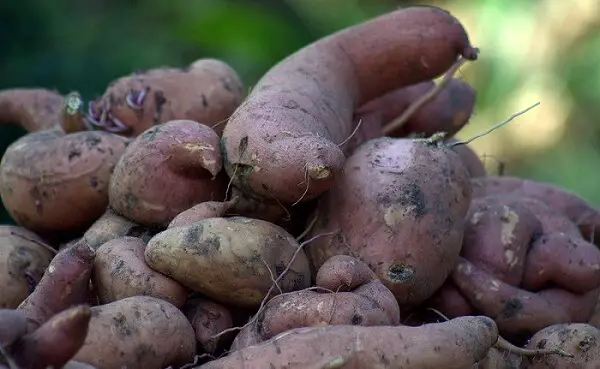
Caloric Content
When I began bio-intensive gardening, years ago, I learned the concept of “calorie cropping.” This is the idea of focusing on squeezing the most calories possible out of a space.
When it comes to calories, the sweet potato is the big winner, closely followed by potatoes. These tasty tubers can produce over 43,000 calories per acre per day, which is nothing to scoff at. This is more caloric density than wheat and is easily enough to fuel a family.
True subsistence farmers rely on their land to provide for all of their dietary needs, which is a tall order. The key to success in this endeavor is to produce crops that provide sufficient calories to feed you throughout the year. B
And because tubers store well, it means that even during the lean months of winter, they continue to provide vital calories to your diet.
Overall Nutrition
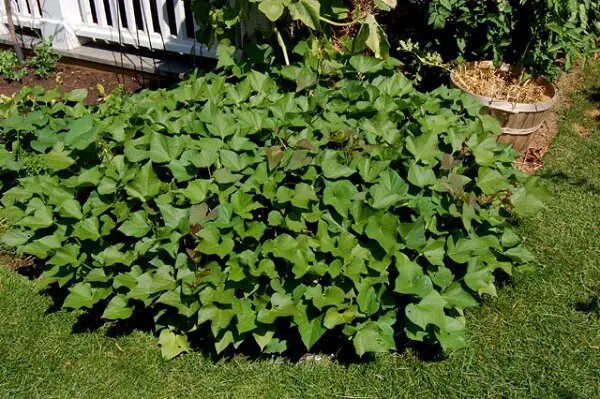
Sweet potatoes (and to a lesser extent, potatoes) provide a significant measure of carbohydrates, starches, fiber and nutrients to the diet. As history has proven, it is possible to subsist almost entirely off of potatoes – not that anyone would want to.
One of the primary reasons I choose sweet potatoes over regular spuds is that their greens are edible. Unlike the poisonous leaves of potatoes, sweet potato leaves are tender, delicious, and highly nutritious.
They taste a little like spinach and grow prolifically, even under the hottest summer conditions – a huge advantage over most greens, which thrive in the cold months and fade away as soon as the days grow long and hot.
As much as I love sweet potatoes, having an edible green option really breaks up the monotony of subsisting on nothing but tubers, in my opinion.
Ease of Cultivation
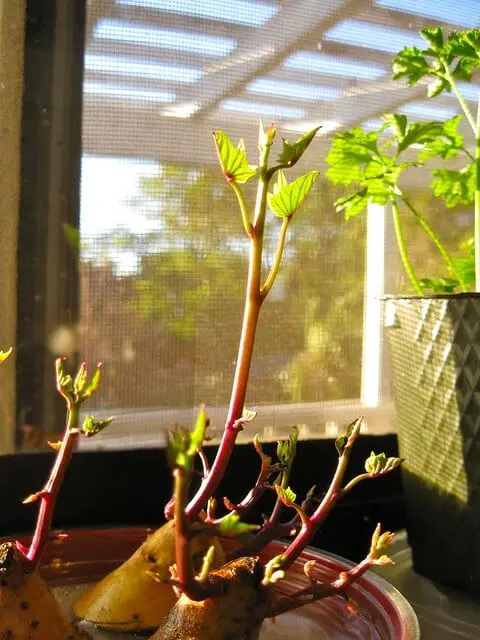
One of the things I like best about growing any type of potato is how easy it is. In my experience, once the potato patch is established, it’s almost impossible to get rid of potatoes. Making sweet potato slips is extremely easy, and a good time to begin them is 8 to 12 weeks before the last frost of spring.
Potatoes need even less work to grow, as they’ll start sprouting as soon as they’ve been exposed to sunlight for long enough (based on my pantry, that’s about 2 weeks).
In my years of cultivating sweet potatoes, I only planted starts one time. After that, they replenished themselves annually. Anyone with a compost pile who has ever discarded a handful of sprouting potatoes there can tell you about how their compost became a potato patch as well – solid proof that these tubers are easy to grow!
My all-time favorite method for growing potatoes is to build a hugelkultur bed. Simply put, a hugelkultur bed is a great way to use felled trees and wood. You put them into a shallow trench along with leaves, sticks, cardboard, then cover them with a layer of compost and the soil that came from the trench.
This raised bed breaks down over time and provides rich nutrients for the crops planted on it. I managed potatoes on one such bed for 5 years before spreading the soil and beginning a new one in another part of the garden.
Harvesting & Storage
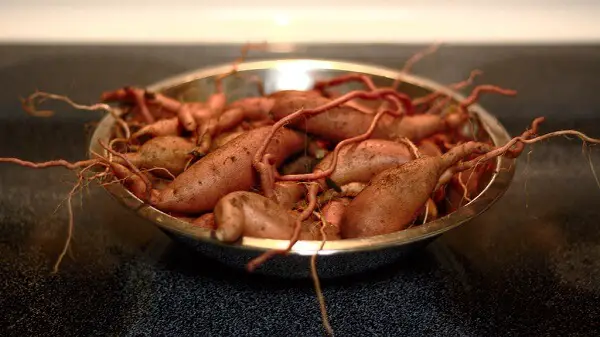
Most sweet potatoes and potatoes are harvested in the fall or early winter. Sweet potato greens will start to look pretty scraggly and yellow around harvest time, but potato greens will die back entirely. These plants definitely make it clear when it is time to harvest your bounty.
While I’ve heard gardeners complain about how difficult it is to harvest tubers of all varieties, I think the reason is that they aren’t using the right tool. When I harvest any root crop, I use a broad fork. This tool causes the least amount of damage to the potatoes and gently loosens the soil in a way that makes it easy to extract just the tubers and leave some aerated soil behind.
For storing potatoes, your best bet is in a root cellar or basement. They store best in a cool, dark, dry space between 45 and 55 degrees. If I were storing long term without a basement or root cellar, I would consider converting a chest freezer into a fridge. Honestly, I think any subsistence farmer would benefit from making one of these.
Runners Up
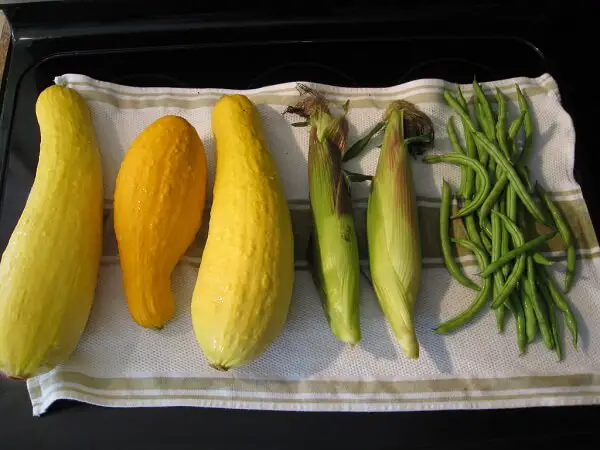
If I were to narrow my focus to a couple of crops, these would be the next in line…
Corn is a no-brainer because of the volume that can be grown in a small area and the fact that it can be eaten fresh or dried for future use. That corn can be ground and used in baking only adds to its value.
Beans are in the same vein: versatile and delicious fresh or dried, with incredible productive capacity.
Last but not least, squash is a crop I would grow above most others. Winter squash store for a long time, and summer squash produce so much volume that they liven up the dinner table and are great for baking – plus their flowers are a tasty treat.
Conclusion
While there will probably never be a scenario where I can only grow one crop, downsizing to focus on just a few crops instead of a couple dozen might be sensible. It’s always fun to think about which crops would be your go-to and why.
Feel free to weigh in with your top picks because this is one topic that everyone has an opinion on.
Like this post? Don't Forget to Pin It on Pinterest!
You May Also Like:

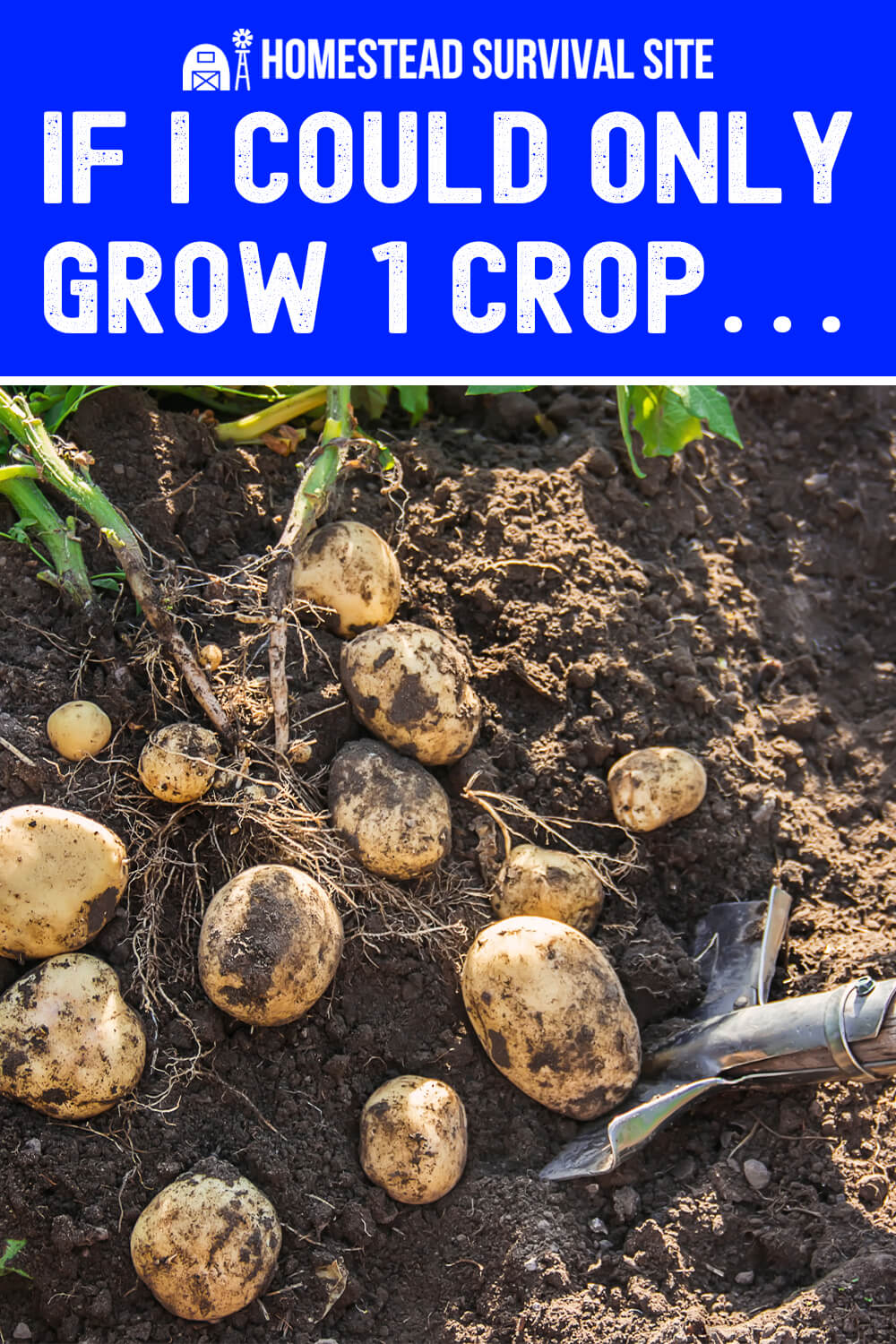




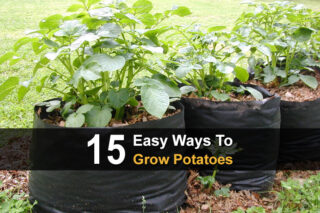
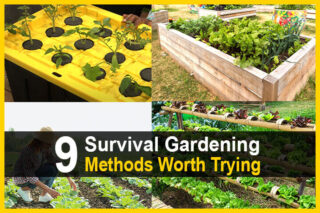

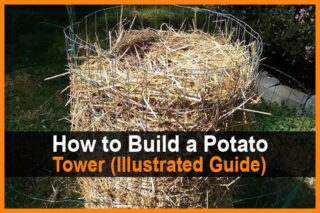
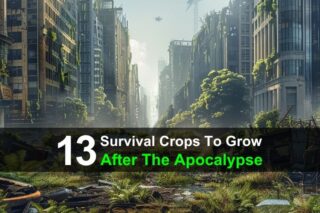


hey if I didn’t know better I could swear you were irish. we love our spuds. lol
My first choice would have been Red Wheat but potatoes are excellent also. Smaller size garden and greater yield. Green beans (oh man) fresh frozen,canned,dilly beans! Winter squashes can be made into some of the most delicious soup’s and pies!!! You are making me hungry. Think i’ll have a snack. By the way great read. Keeps people thinking!
God Bless
My pick would be corn. Foods for people and animals alike. Corn can be crushed, dehydrated and processed to rockkhominy, eaten fresh.
The bad – is above ground where potatoes are underground and hidden.
Concur on sweet potatoes, vs potatoes. The young vine tipe, leaves, etc. of SWEET POTATOES are listed as edible, which is NOT the case with potatoes.
But obviously you wouldn’t want to grow just one crop, the obvious reason with potatoes being blight, leaving you with nothing to live on. Being from the UK potatoes would be high up the list of a few veg I would grow, plus a bean for eating fresh and the for drying- think medieval potage. Sweetcorn, and even squash can be unpredictable to grow. Dried beans are so good for a wide variety of dishes, plus store well and seed saving can be done too. So, potatoes, beans (maybe broad beans or field beans) and a winter green too